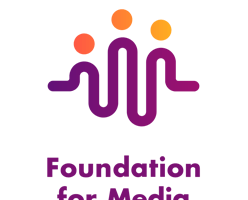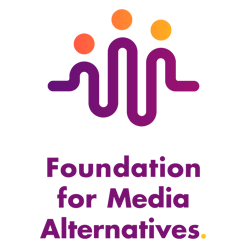Freedom of speech and expression are protected under the Philippines’ Constitution. Article III Section 4 specifies that no law shall be passed abridging the freedom of speech or of expression. Some people though misconstrue this to mean that they can say anything they want to other people, including in social media, even if these are already causing distress and harm to other people.
A study conducted by Chua and Labiste (2020) on Duterte’s polemic against the Catholic church argues that hate speech not only ruins the reputation of groups, individuals and communities, but it also instills fear, sows discrimination, and creates a social wedge (p. 2).
Hate and hate speech abound in the Philippines, and they proliferate especially in social media. During the campaign period leading to the 2016 national elections in the country, a woman who posted on social media that she will not vote for a lazy candidate got the ire of the candidate’s supporters. For that post, she received hateful messages including rape and death threats. Maria Ressa, a journalist and CEO of the social media news site Rappler, has many times been the subject and target of hate speech by trolls and supporters of the President. “You are so ugly, you shouldn’t have been born.” “I hope you get raped.” Those are but some of the utterances she had been bombarded with for stating facts about the government and the president.
In the Philippines, there is no legislation on hate speech, although it has laws on libel and defamation. Recently though, a bill emanating from the Lower House was filed that aims to define, prohibit and penalize hate speech in the country. The bill was filed by Muslim representatives in congress as a result of the violent incidents that occurred in Christ-church and El Paso that killed individuals due to racist and anti-immigration sentiments.
The Philippines is a signatory to different international human rights treaties, including the International Covenant on Economic, Social and Cultural rights, the International Covenant on Civil and Political Rights, the International Convention on the Elimination of All Forms of Racial Discrimination, and the Convention on the Elimination of All Forms of Discrimination against Women, among others. These international treaties foster the country’s adherence to the promotion, protection and fulfillment of the rights to free speech and expression, and shuns discrimination in all forms, including those that relate to race, religion and gender.
And yet hate speech continues to proliferate with women and minority groups targeted the most. Is this man’s way of exercising control over women? Does religion have anything to do with hate speech? How do we stop hate and hate speech?
Our idea is to create an understanding of hate and hate speech in the Philippine context that usually targets women and minority groups. This will be through the creation of a series of comics highlighting the narratives of women and minority groups, which we hope to publish and disseminate online (FMA website, Twitter, IG, FB accounts).
Comics is a form of expression, and resistance as well. It is used to express ideas via images, combined with text or other visual information. There was a chapter in Philippine history when comics were so popular, that stories which appeared in them were even made into movies and became part of Philippine popular culture. The appeal though has waned through the years, but is being revived and re-introduced, not just through the print form, but also online.
We hope to ride on the re-emerging appeal of comics as a means to inform and create awareness and resistance (about negative images and imaginings of women and minority groups) among the public about specific issues, in this case hate and hate speech. In fact, FMA has started publishing comics online (on the issue of disinformation) and these have created more engagements than our regular posts.
Comics (editorial comics or strips) are easier to understand because they use both visual and verbal appeal. They may not be as detailed as a written article or essay, but are as engaging.
The comic series (at least 4) will highlight forms of hate and hate speeches that are common in the country, based on the following initial (subject to change) ideas/topics/narratives:
- misogynistic remarks of the President on women (framing sexist and misogynistic speech as hate speech);
- online attacks on women that incite hatred and provokes violent reaction/action;
- the ideal/decent Filipino woman as dictated by religion;
- insulting and derogatory comments against specific minority groups, e.g., Muslims, LGBTQI+ persons




There are no comments yet. Add your comment to start the conversation.